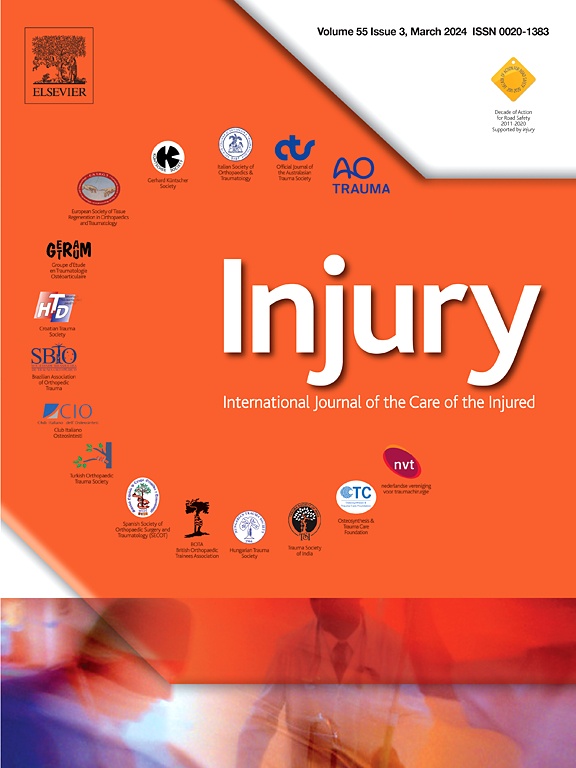
Similar malreduction rate, functional outcome between TightRope and syndesmotic screw

Similar malreduction rate, functional outcome between TightRope and syndesmotic screw
A prospective randomised study comparing TightRope and syndesmotic screw fixation for accuracy and maintenance of syndesmotic reduction assessed with bilateral computed tomography
Injury. 2015 Jun;46(6):1119-26Synopsis
47 patients with pronation-external rotation, Weber C-type ankle fracture with unstable syndesmosis injury were randomized to either syndesmotic screw fixation or dynamic, suture-button device fixation (TightRope; Arthrex). The purpose of the study was to compare malreduction rates intraoperatively and at 2-year follow-up between fixation methods, as well was clinical and functional outcomes at 1 ...
To view the full content, login to your account,
or start your 30-day FREE Trial today.
FREE TRIAL
LOGIN
Forgot Password?
Explore some of our unlocked ACE Reports below!

Learn about our AI Driven
High Impact Search Feature
Our AI driven High Impact metric calculates the impact an article will have by considering both the publishing journal and the content of the article itself. Built using the latest advances in natural language processing, OE High Impact predicts an article’s future number of citations better than impact factor alone.
Continue



 LOGIN
LOGIN

Join the Conversation
Please Login or Join to leave comments.